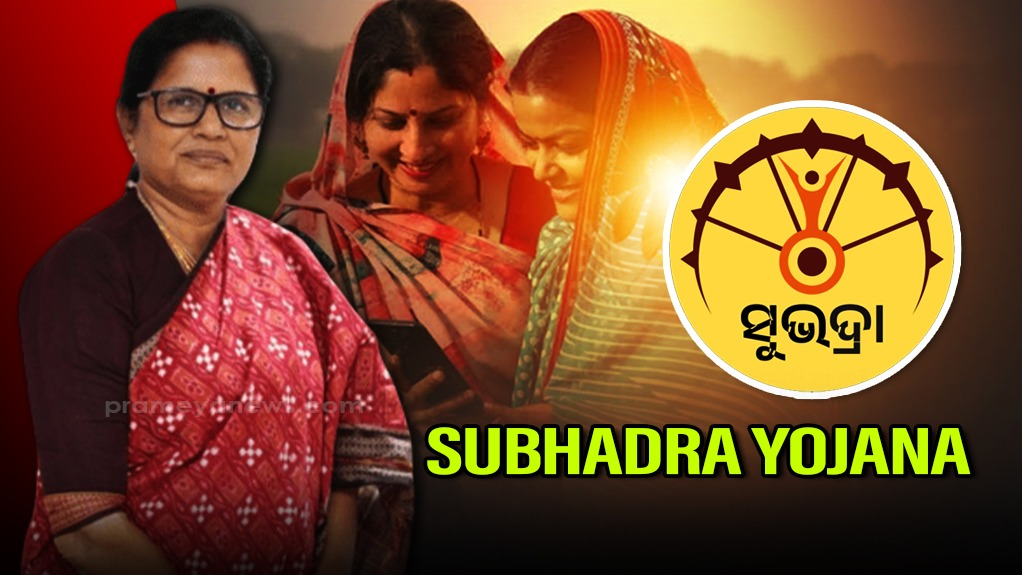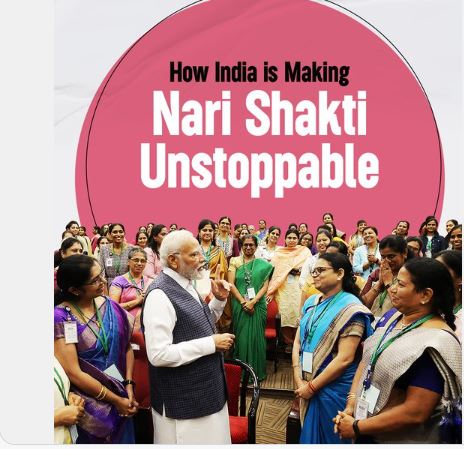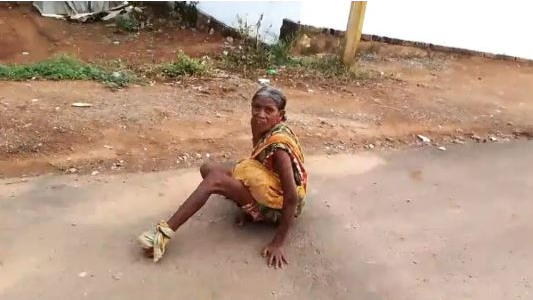Window Seat: Inheritance of Memories
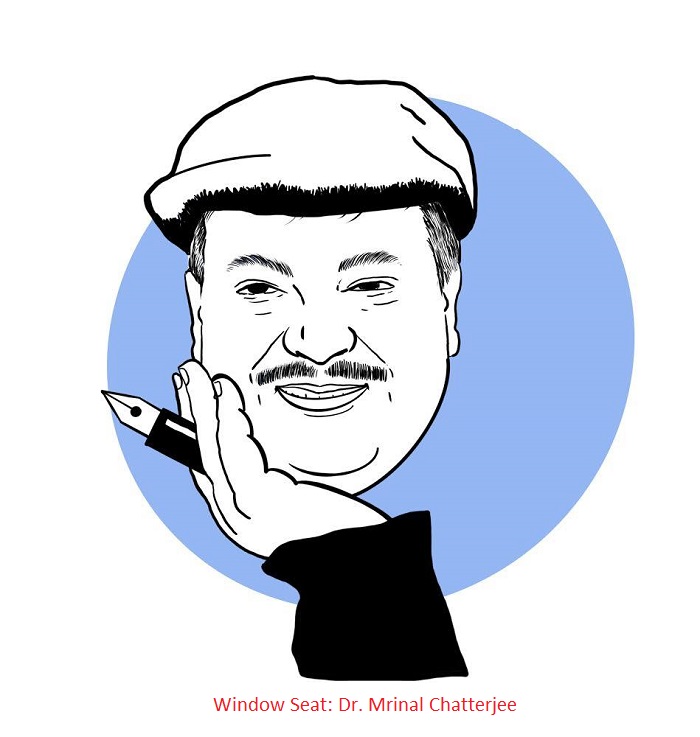
The Partition of India was violent and traumatic. It waspoorly planned and executed in haste. Never before in the history of mankind had such large scale violence and displacement of population taken place, not even in holocaust. At a conservative estimate more than one and a half million people died in the violence following the Partition. Countless women and children suffered atrocities of the worst kind. Though India and Pakistan share a common culture, and people of both the dominant religions – Hindus and Muslims – have been living together for ages, (some historians believe from the later part of the seventh century), the incidents of violence escalated to an unprecedented scale and level in the fouryear before 1947. The resultant trauma was deep. Feelings of acuteinsecurity, vacuum, gloom, and depression gradually pervaded both communities. Every large scale tragedy often gives birth to great art and literature. It happened with partition of India too. From the 1940s itself, films, literature and other art forms have engaged with the consequences of partition, even as a large section of people and politicians were hell bent on dividing the country on religious lines. After the partition, which saw violence and brutality at an unprecedented scale, poets, litterateurs, painters and filmmakers depicted the violence and the bleeding faces of the uprooted people who, faced with formidable socio-economic and political odds, dreamt of finding a new home, though carrying in their hearts the memories of a lost homeland. They also portrayed the selfishness and degradation of human relationships. Hope and hopelessness found equal space in their oeuvre. Films by NimaiGhosh, RitwikGhatak, MS Sathyu,ShyamBenegal, GovindNihalani, ChandrapakashDwivedi, Pamela Rocks, Deepa Mehta,Kamal Hassan, GurinderChadha, Nandita Das are many others are seen as authentic and complexdocuments of the tragedy. Writers and poets like, Nanak Singh, AmritaPritam, Khushwant Singh, BhishamSahni, Rajendra Singh Bedi, SaadatHasanManto, SunilGangopadhyay, AtinBandopadhyay, Tapan Roy Chowdhary, Prafulla Roy, NarendraMitra and scores of others depicted that in words. Painters like JatindraChowdhury, SatisGujral, ParitoshSen did that in their paintings. {"id":213830,"sizeSlug":"full","linkDestination":"none"} Indian films, literature, performing and plastic arts have depicted that “the Partition of India was not merely a division of a geographical landmass, but that’s significance lay deeper, in the suffering of the separation between people, in the sufferings of losing one’s dear and near ones, and in the sufferings of being uprooted from the homestead of one’s ancestors.” While photographs recorded the history with all its brutality and sorrow, disappointments and hopes and aspirations- cartoons mocked the mighty, showed what led to the situation and what was happening. To the credit of all the artists, directors and litterateurs- none pointed finger at the other community. Indian partition literature and visual arts are significant for the absence of such blame-game. The loss was at both the sides. The sadness was all pervading. All art forms lamented for what happened and searched for ways to reconcile and pre-empt its repeat in future. There lies the silver lining; there lies the hope for humanity. Bangalore based RV University is organizing an International Seminar titled: 'The Other Side of the Independence Depiction of Silence: Trauma and Triumph of Refugees in Indian Cinema and Literature' from 23 to 25 Sept. 2022. I have been invited by to deliver the keynote address there. I’ll be focusing on this aspect of cinema, literature and other art forms produced in the context of partition. Godard Paris born film-maker, critic and thinker Jean-Luc Godard, arguably one of biggest influences in world cinema died on 13 September 2022. He was Born into a wealthy Franco-Swiss family on December 3, 1930, Godard rose to prominence as a pioneer of the 1960s French New Wave film movement. {"align":"center","id":213831,"sizeSlug":"large","linkDestination":"none"} Godard was among the world's most acclaimed and influential directors of the post-war era, known for such classics as "Breathless" and "Contempt", which broke with convention and helped kickstart a new way of filmmaking, with handheld camera work, jump cuts and existential dialogue. Godard once said, "A movie should have a beginning, a middle, and an end, but not necessarily in that order". He had many admirers and followers. However, he was not universally revered. Some of his sharpest critics included the late Swedish director Ingmar Bergman, himself a trailblazer in European cinema best known for his 1957 films "The Seventh Seal" and "Wild Strawberries". Once he said in an interview, "I've never gotten anything out of (Godard's) movies. They have felt constructed, faux intellectual and completely dead. Cinematographically uninteresting and infinitely boring." Most of Godard's influential and commercially successful films came in the 1960s, including "Vivre Sa Vie" (My Life to Live), "Pierrot le Fou", "Two or Three Things I Know About Her" and "Weekend". He switched to directing films steeped in leftist, anti-war politics through the 1970s before returning to a more commercial mainstream. Recent works, however - among them "Goodbye to Language" in 2014 and "The Image Book" in 2018 - were more experimental which did not draw audience except the Godard-fans. Tribute Caricature by JayarajVellur. Adieu Godard In a quirky turn of providence, an Odia language film titled Adieu Godard was made by Amartya Bhattacharyya, which premiered at the 43rd Moscow International Film Festival 2021. In India, the film got officially selected at festivals like IFFK (Kerala), KIFF (Kolkata), Bengaluru (BIFFES), Pune (PIFF) etc. Adieu Godard also won Best Film Award in the Indian Languages competition at the 27th Kolkata International Film Festival 2022 and the 'Third Best Indian Cinema Award' at the 13th Bengaluru International Film Festival 2022. It was released on September 2022. {"align":"center","id":213832,"sizeSlug":"full","linkDestination":"none"} Like most of Godard's film, it also evoked sharp and extreme responses from the audience - half eulogizing and half rubbishing the 83 minute tale of a rustic old man. Here is the story-line: In a small Indian village, an old man is addicted to watching pornography with his friends. One fine day, he accidentally brings home a DVD with a Godard film inside it. Attracted by the newness of the film, he starts renting all of Godard's oeuvre, leading him and his friends to attempt to organize a Godard film festival in their village. World Bamboo Day Today, 18 September happens to be the World Bamboo Day. This day marks the celebration of the bamboo plant, known for its versatile uses. Looking at its shape, bamboo has widely been used as slang. From relatively innocuous ‘he scored over me’ to ‘he screwed me’ – bamboo had many colourful uses in many Indian languages. I just learnt that in Southern California ‘big bamboo’ also means ‘girl with big breasts’. About the Author: Journalist turned media academician Mrinal Chatterjee lives in Dhenkanal, Odisha. He also writes fiction and plays. He can be reached at [email protected] DISCLAIMER This is the personal opinion of the author. The views expressed in this write-up have nothing to do with those of prameyanews.com
Latest News
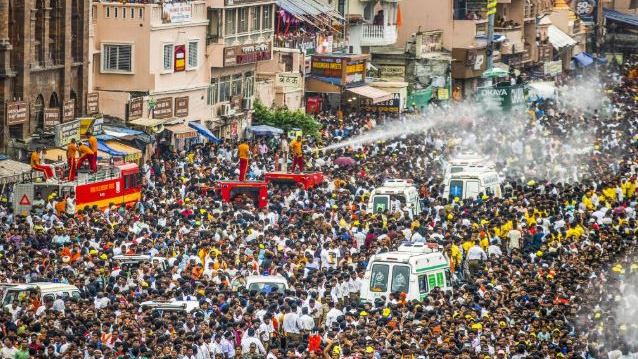
Puri Rath Yatra stampede: Administrative probe...

OAS officers to go on mass leave from tomorrow...
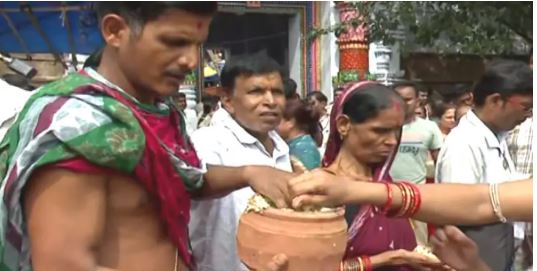
Puri Rath Yatra: 1st Adapa Mandap Mahaprasad p...
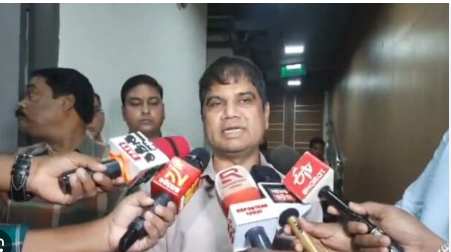
OAS Association denounces attack on BMC Additi...
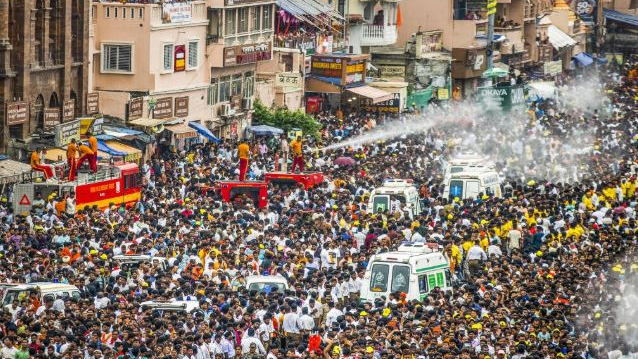
Puri Rath Yatra stampede: OSHRC issues notice...

The Sacred Adapa Darshan at Gundicha Temple to...
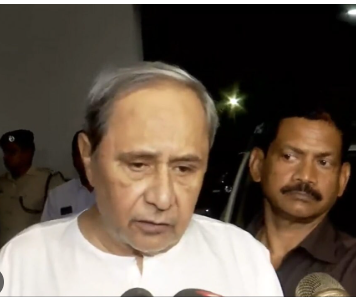
Naveen Patnaik condemns brutal assault on BMC...
Copyright © 2024 - Summa Real Media Private Limited. All Rights Reserved.













